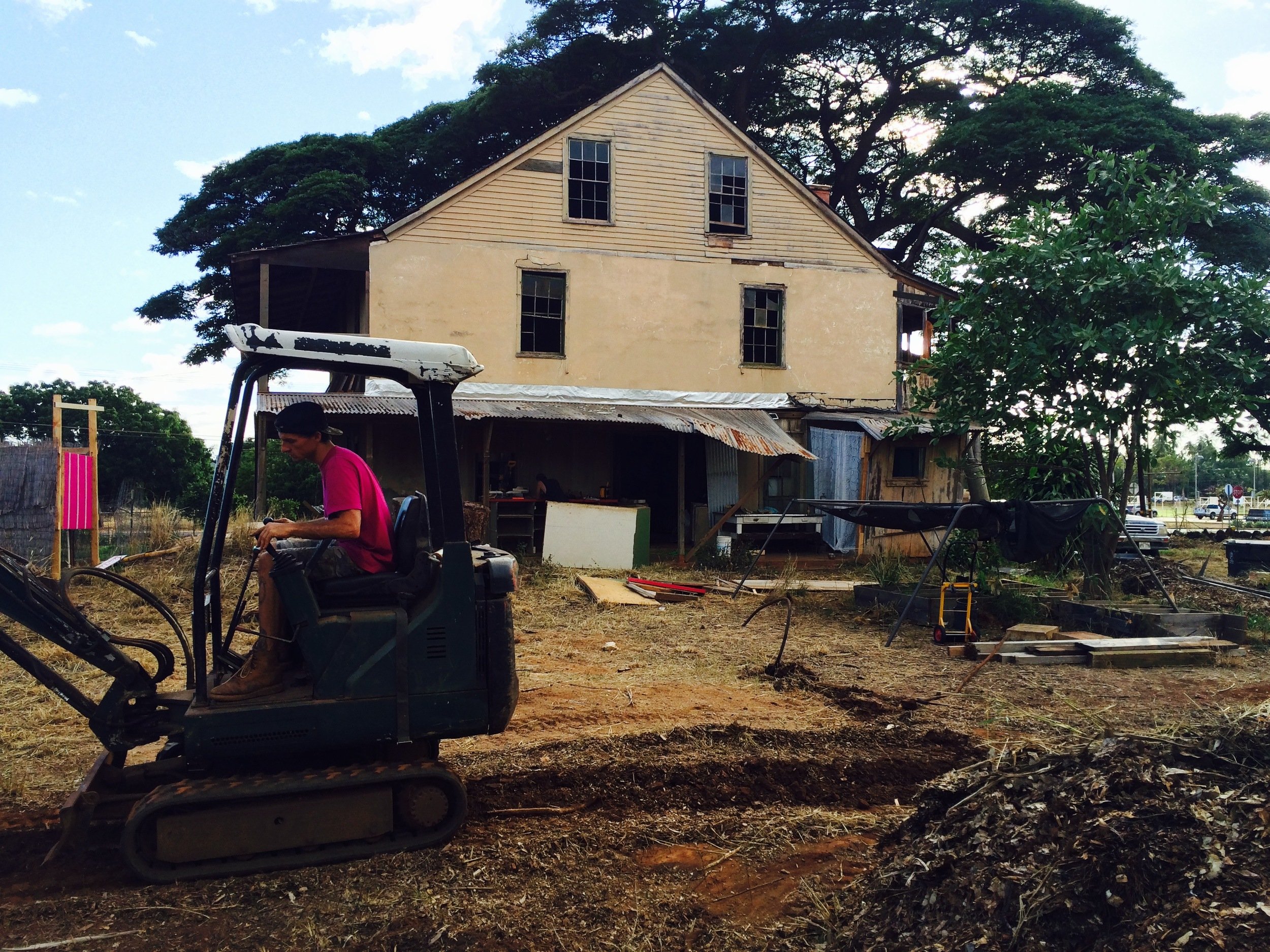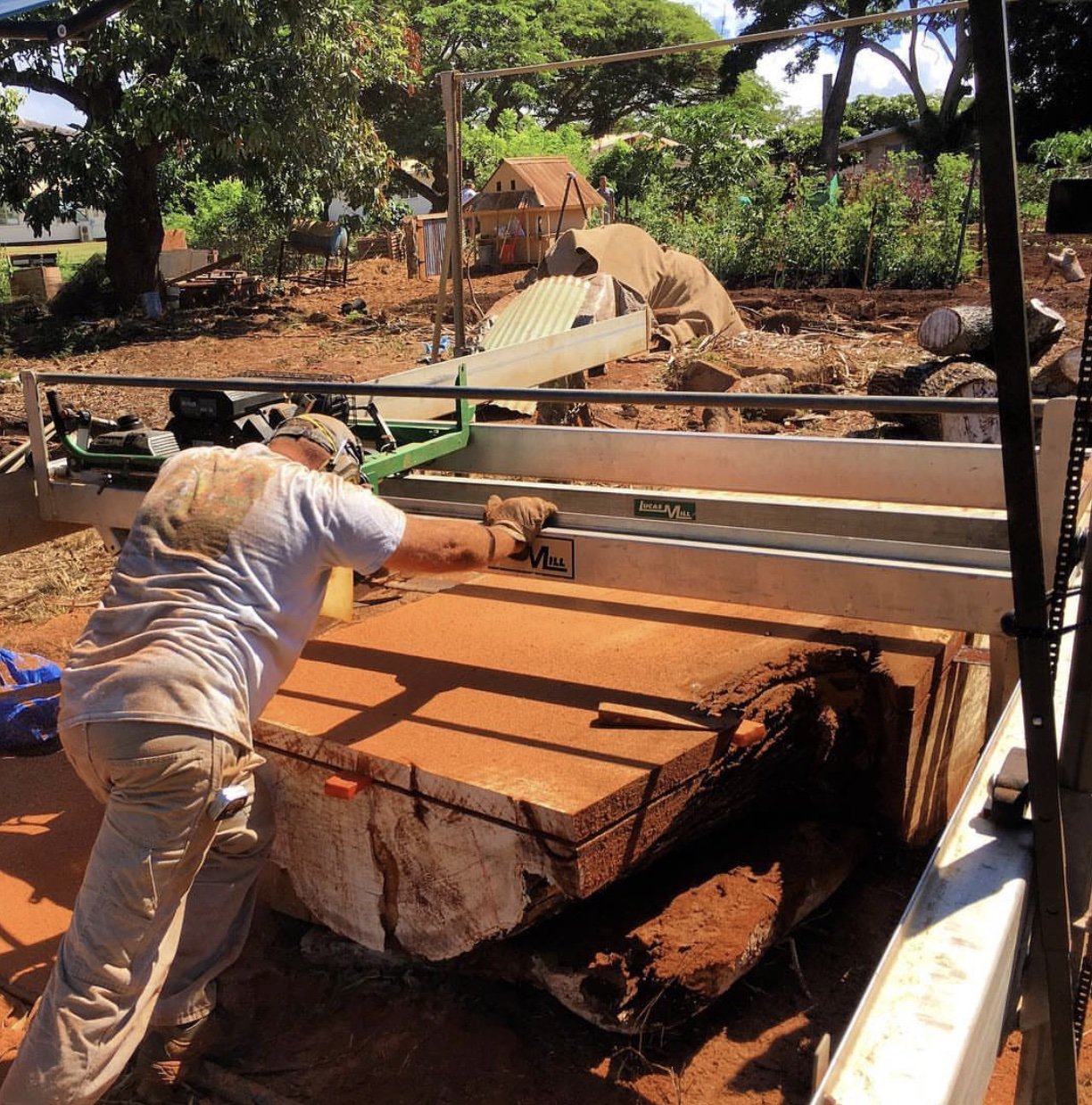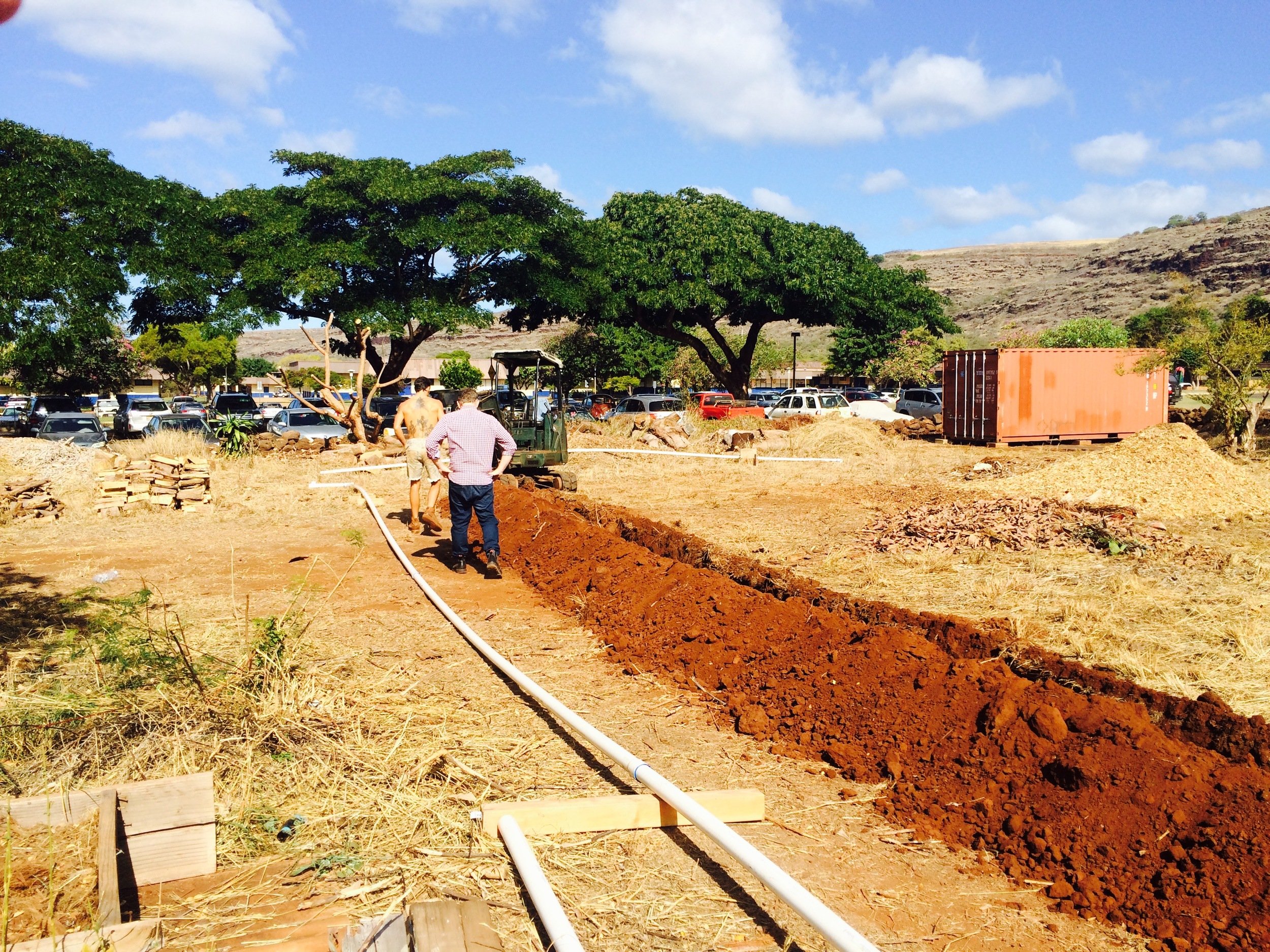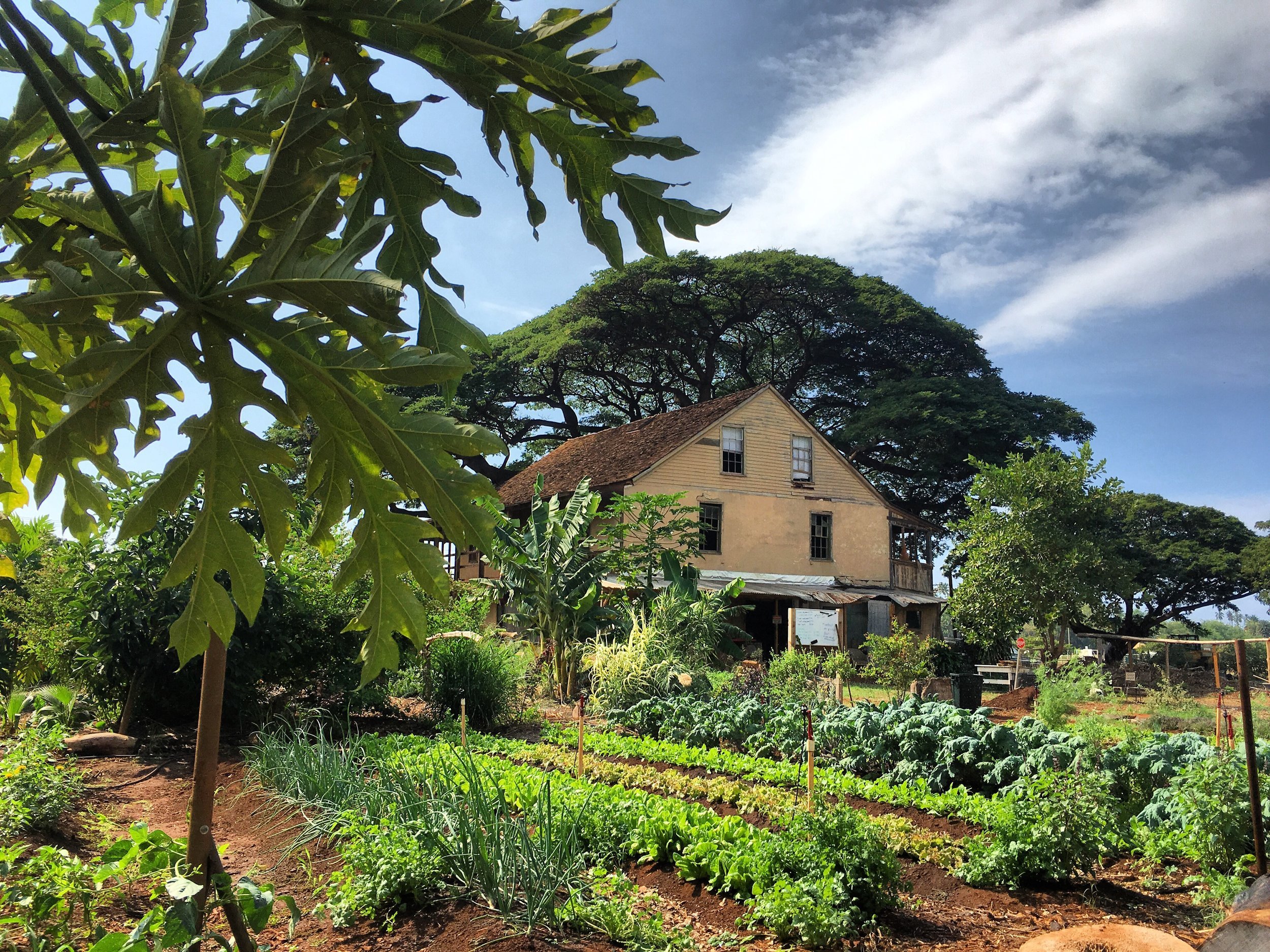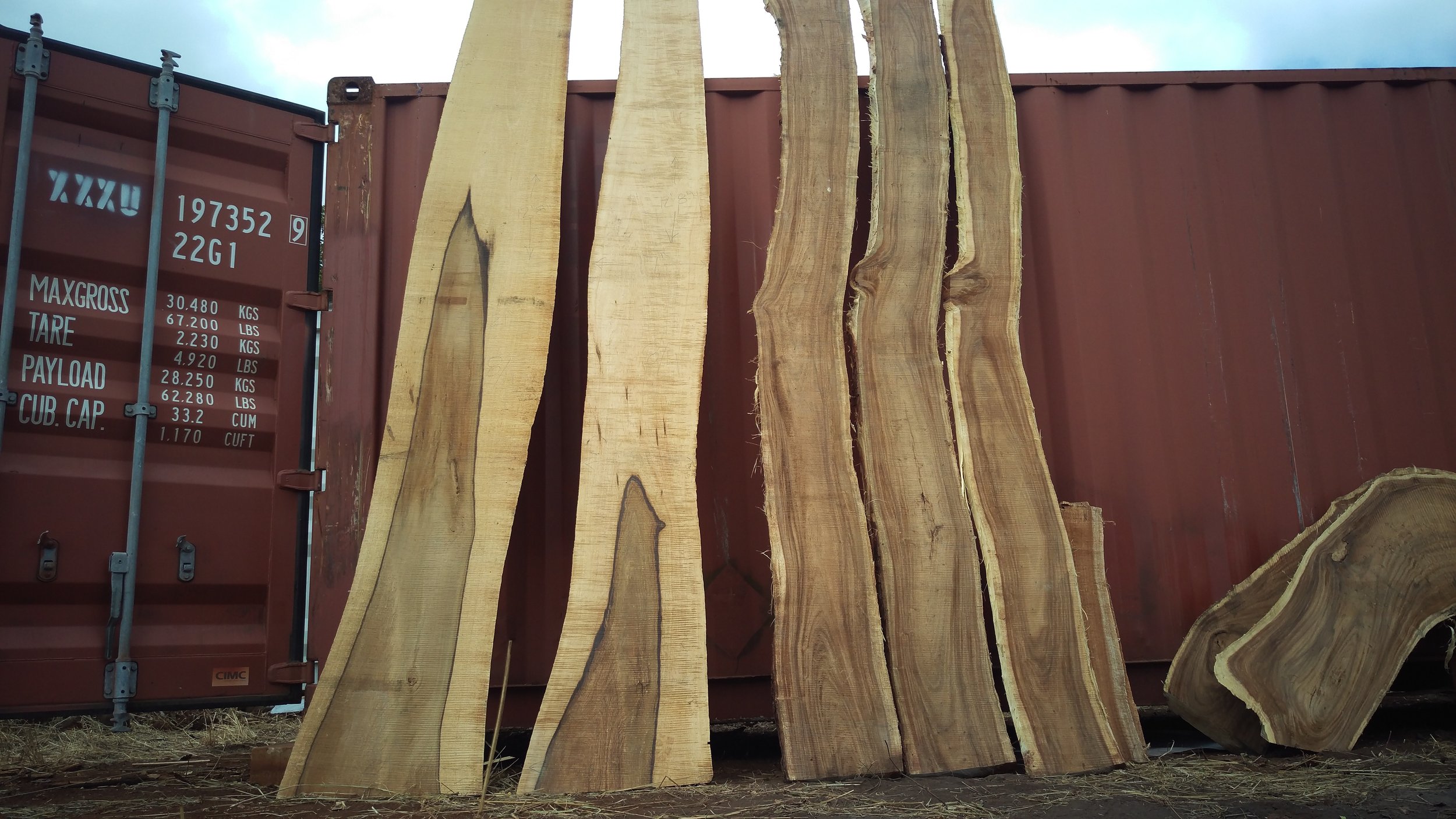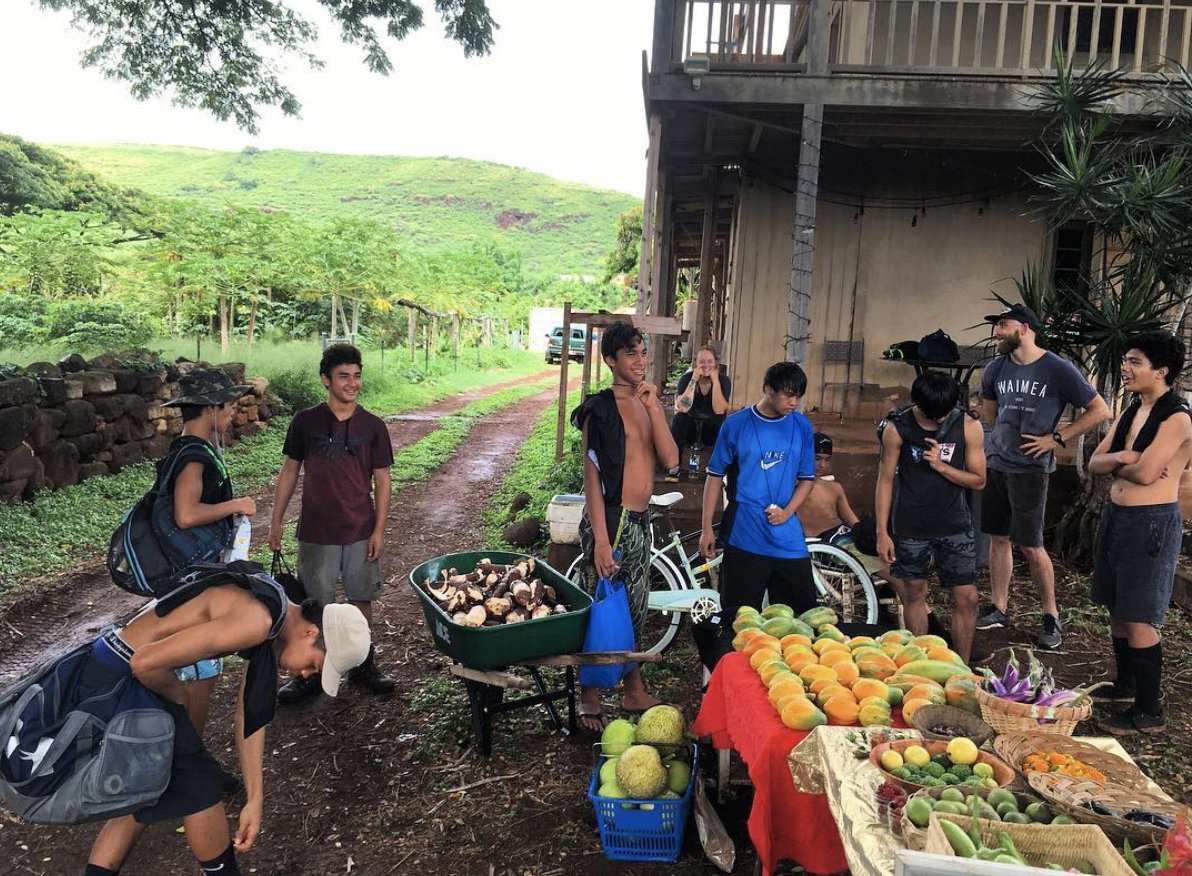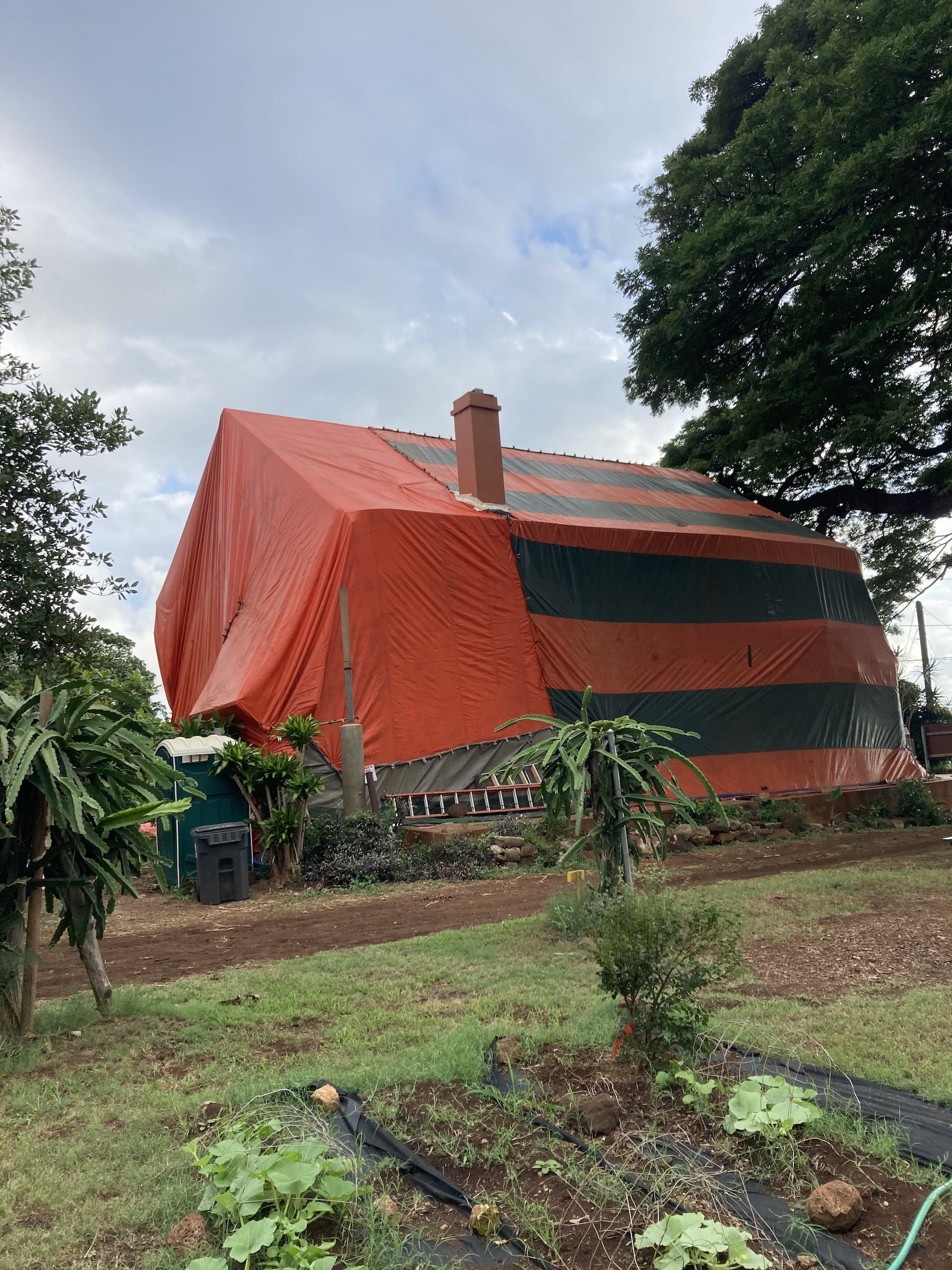GULICK-ROWELL HOUSE since 1830
“There is a phenomenal amount of original material in this building. All the window sash are original, the joists are hand-hewn Ohia, and the presence of cut nails in the finishes speaks to most of the finishes being original. There are so many things that are special about this building - it absolutely deserves and needs to be saved. ”
In 1828, the Reverend Peter Gulick and his wife Fanny arrived to Waimea, Kauai from Boston to work at the missionary station there. As the native Hawaiian houses were built mostly of grass, the Gulicks set forth to build a traditional new England style house that they were used to with solid walls and windows. Hawaiians were paid in goats, bibles and window glass to cut coral bricks two feet thick from offshore reefs and float them ashore for the foundation and walls. It took two years to build the house, which the Gulicks lived in until 1835 when they were transferred to the missionary station in Koloa.
The house remained empty until 1846, when the Reverend George Rowell and his wife Malvina were transferred to Waimea from Hanalei. The Rowells rebuilt the house, expanding it as their family grew. Rowell was an accomplished carpenter and builder, and oversaw the construction of two churches while there. First, Waimea Foreign Church just down the road, and second, after his falling out with the American Board of Commissioners for Foreign Missions in 1865, Waimea Hawaiian Church — most of his congregation went with him. His most famous congregants were likely Piilani and Koolau, who were married by Reverend Rowell in 1881. The Rowells remained at the home until 1884. After that the house was occupied by various townspeople including the postmaster (there are remnants of post boxes in the main room), the sheriff, who reportedly used the basement as a jail, and various schoolteachers and church members.
Likely the oldest photo of the house. Note the gutter and collector system for the cistern.
In 1927, the house underwent its only extensive renovation when it received electricity and plumbing and the original cooking stove was bricked in and plastered over. From 1928-2004, the house was continuously occupied by the Wramp family. Much of the original material of the house was preserved as a result.
In 2016 the house was purchased by Jim Ballantine, a 6th generation West Kauai resident. He established Hale Puna, a 501(c)3 non profit organization, with the mission of restoring and revitalizing some of West Kauaʻi’s most vital sites. The Gulick-Rowell Mission house and site was in an advanced state of deterioration.
Gulick-Rowell House, aka “the haunted house”, in 2015
In 2016/17, trees growing near and through the lanai were removed, the significant monkeypod tree was pruned, and a topographic survey and initial architectural drawings were completed. Hale Puna planted its first fruit trees so that a food forest would be ready for harvest in five years. Local youth worked with a carpenter to mill and finish the timber, which was made into beautiful tables. These tables can be seen in the restaurant at Kokee Lodge.
In 2018, the shingle roof was replaced with a historically accurate metal roof. And in 2019, the Historic Structures Report was completed. As a historic home on the National Historic Register, all work conducted must be in accordance with the Secretary of the Interior’s Standards for the Treatment of Historic Properties. One of Hawaiʻi’s most accomplished historic preservation architects, Glenn Mason, completed the 100-page report.
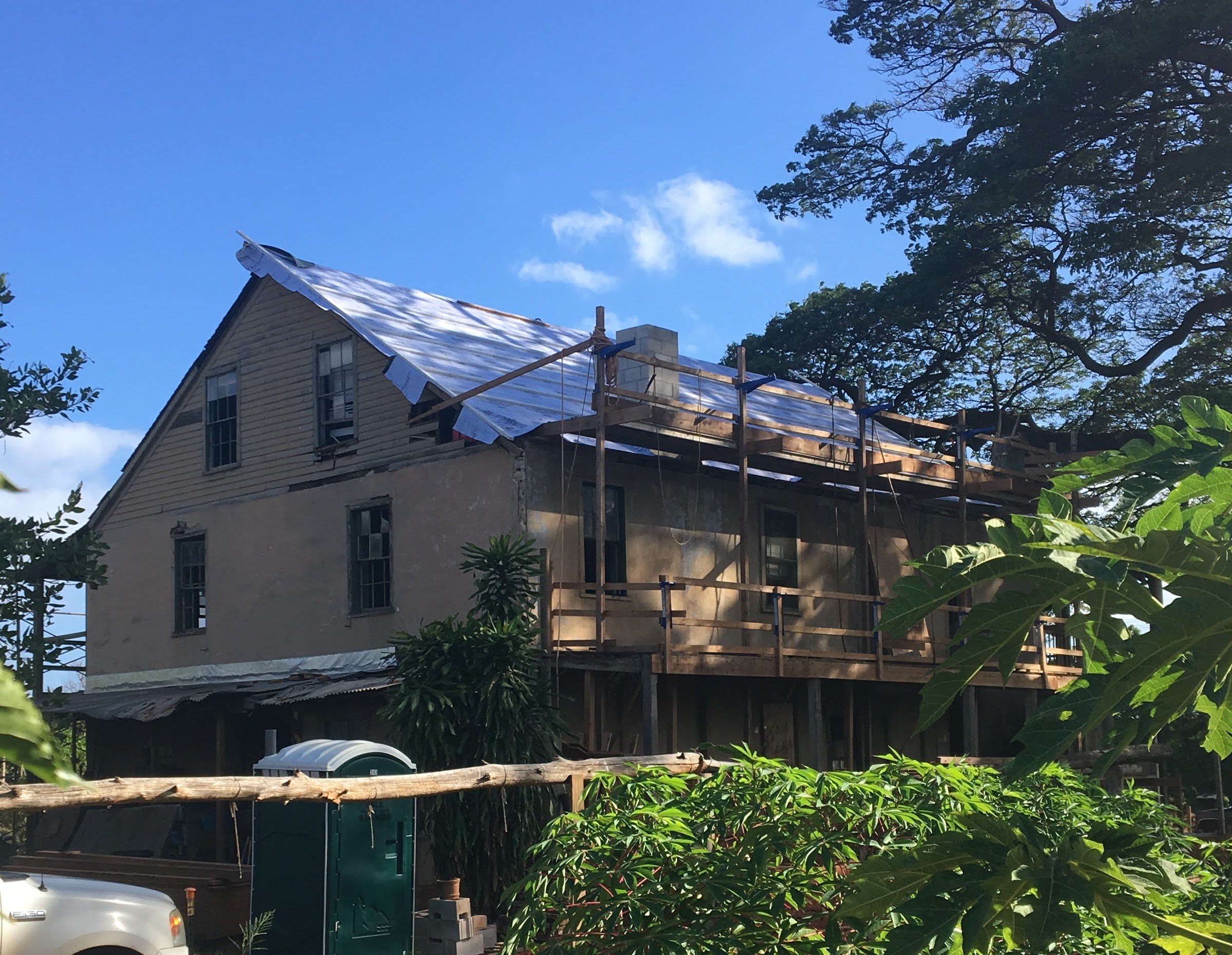
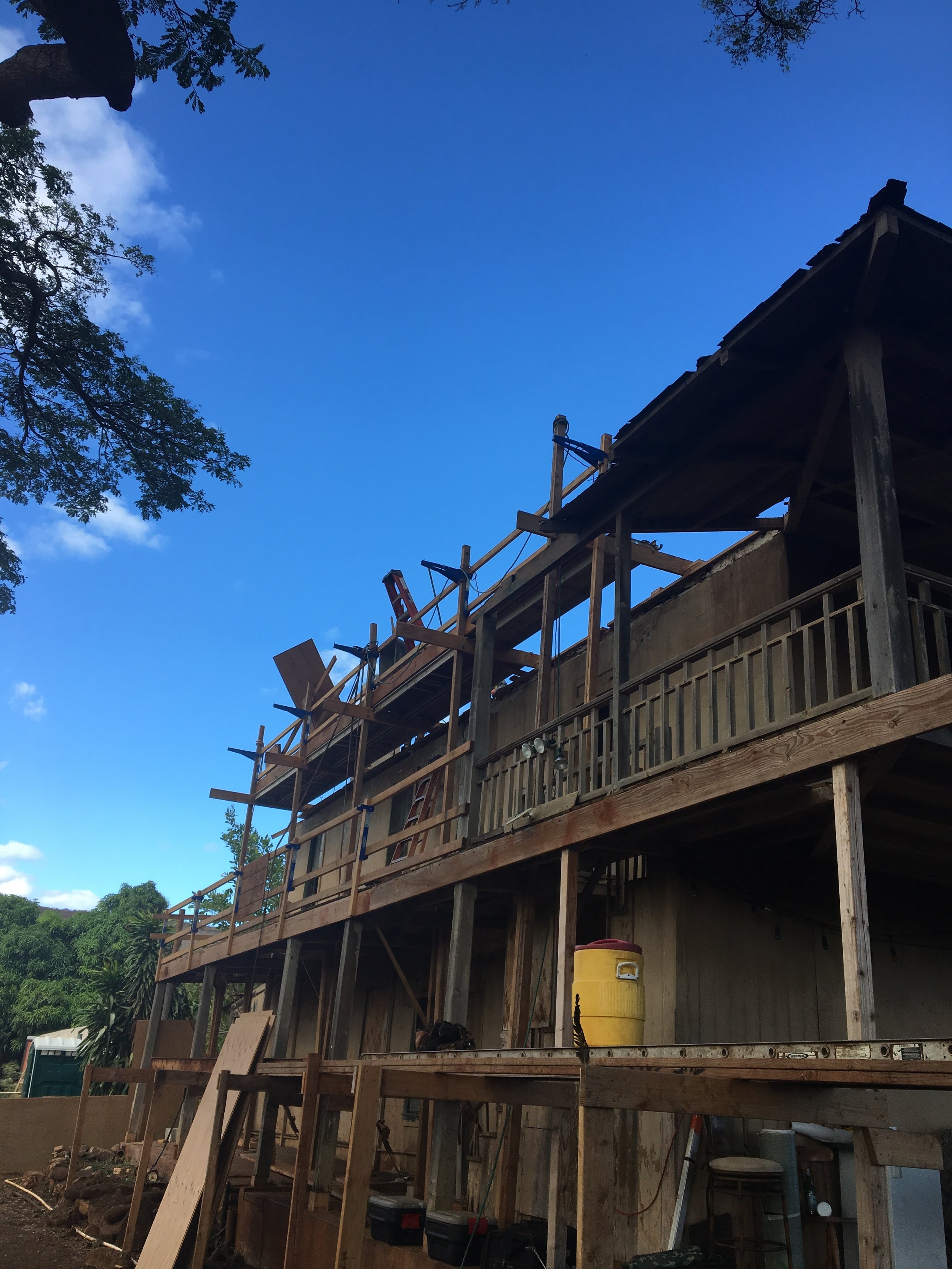
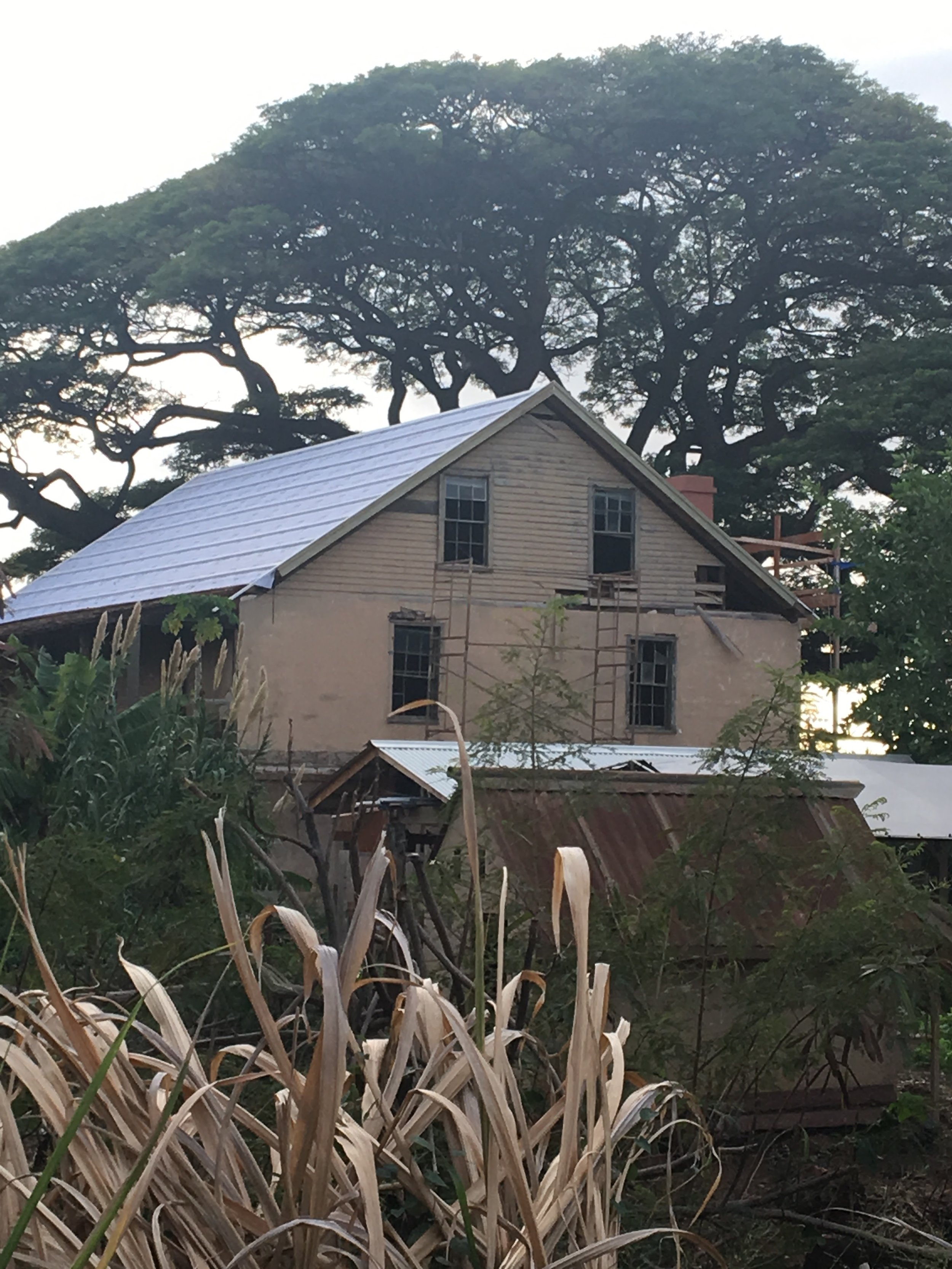
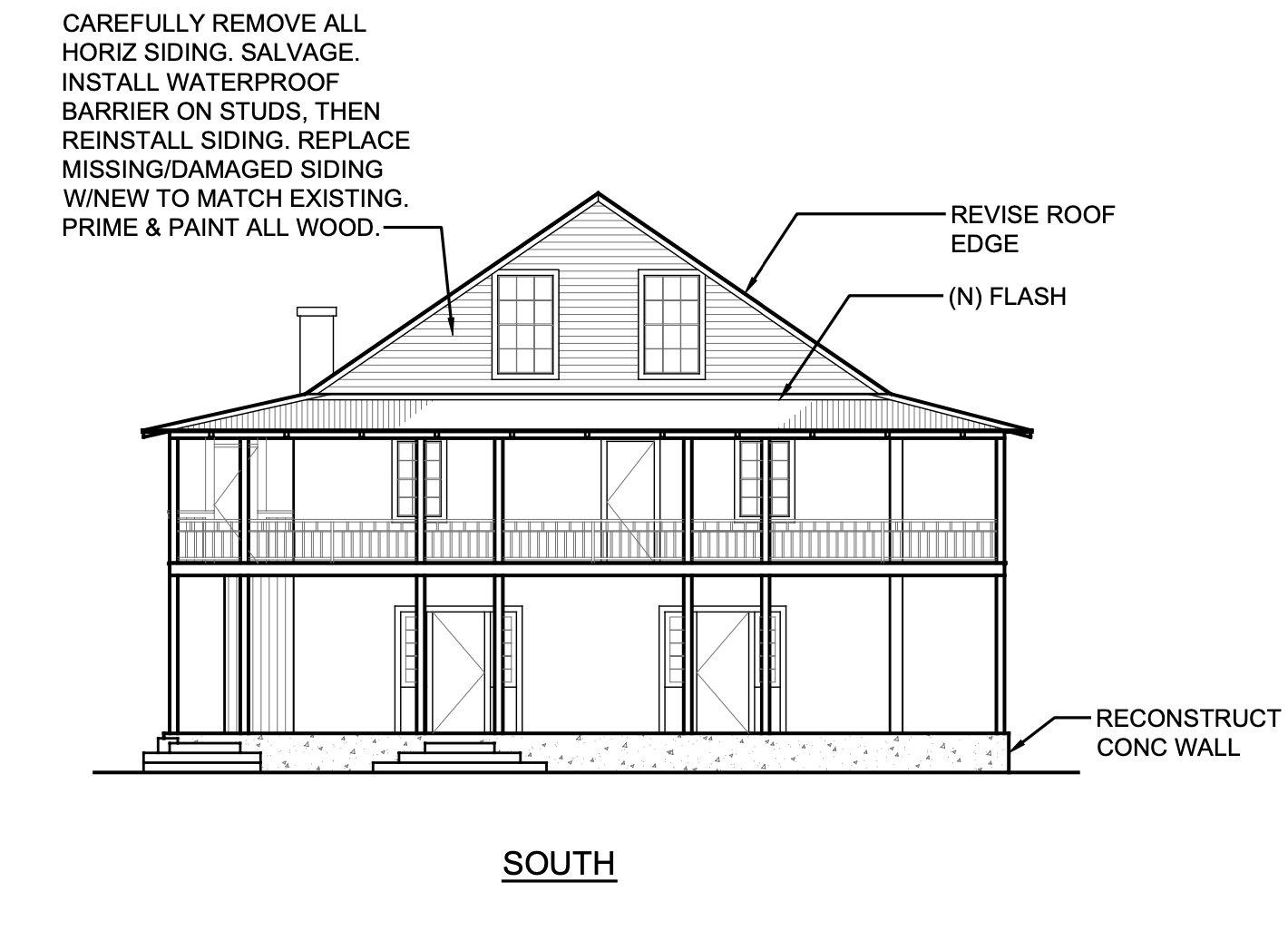
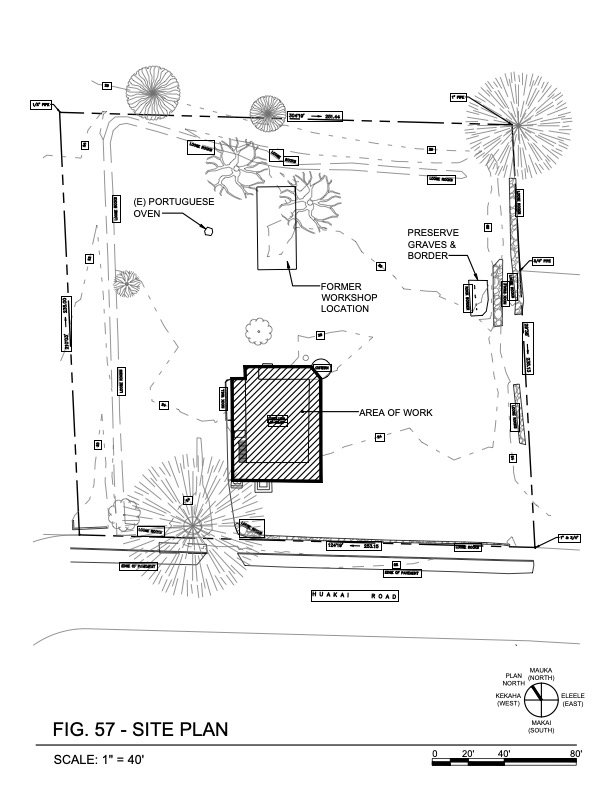

The COVID pandemic slowed down work significantly. In 2021/22, new fencing was installed, rock walls were repaired, and the two-story lanai was dismantled (with all salvageable materials stored) in order to conduct termite treatment on the house. The house was tented in 2022. Permit applications were approved in 2023.
Hale Puna is very grateful to Historic Hawaiʻi Foundation (Freeman Foundation), Atherton Foundation, the National Trust for Historic Preservation (Sam and Mary Cooke Preservation Fund) and to the many community volunteers who have contributed to this project. Without this support, we couldn’t bring this important part of Hawaiʻi’s history back to life.
